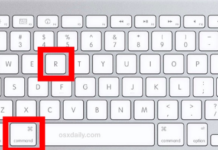Suction power is a critical factor in determining a robot vacuum’s cleaning ability. Weak suction means the robot may not effectively pick up dirt and small debris.
For daily cleaning needs, a robot with 1500 to 2500 Pa of suction power is usually sufficient. However, if you have pets, especially during shedding season, or large area rugs, consider choosing a robot vacuum with at least 3000 Pa of suction power.
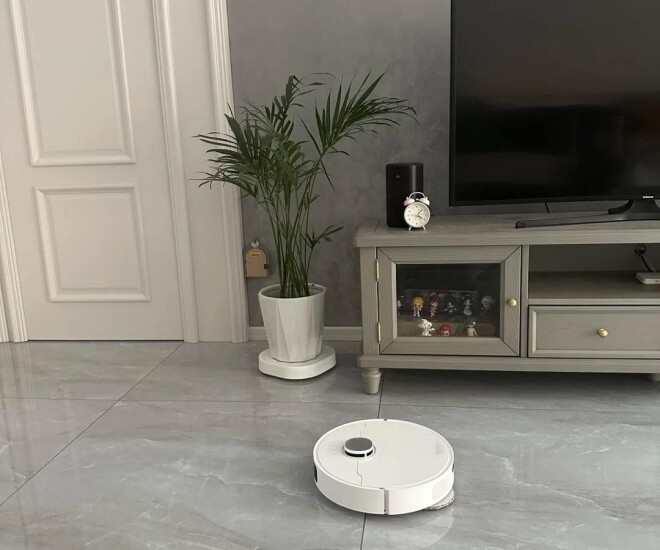
2. Don’t choose a robot vacuum with a single positioning system
The choice of positioning system for a robot vacuum is crucial. An intelligent and diverse positioning system acts as the “eyes” of the robot, and inaccurate positioning can lead to random movement and missed areas.
There are three common types of positioning systems: laser, visual, and inertial. Laser positioning uses laser beams to scan a room, creating an accurate map that helps the robot identify areas like the living room or bedroom and plan an efficient cleaning route. This method allows the robot to clean by area and in a specific order, rarely missing any spots.
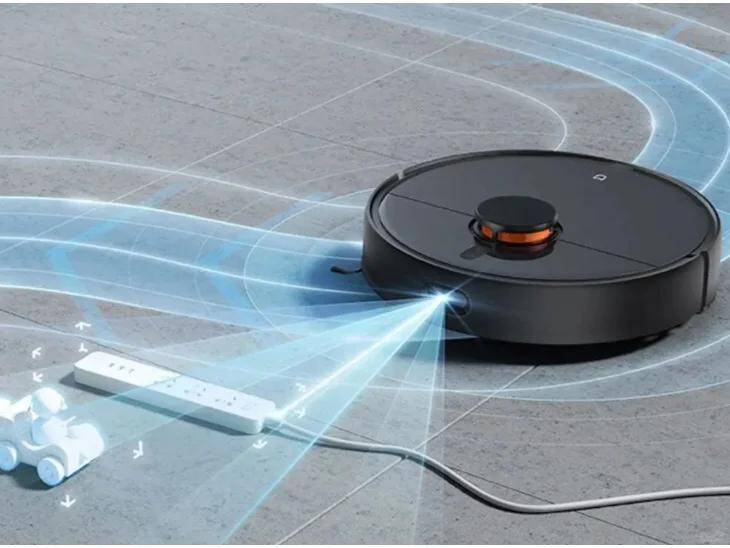
On the other hand, visual positioning uses cameras to recognize the surroundings. While it is more affordable and can recognize multiple objects, it struggles in low-light conditions, such as at night or when there are reflective surfaces on the floor, causing the robot to get lost and unable to follow the cleaning route accurately.
Lastly, inertial positioning is the most basic method, relying on sensors within the robot to sense movement and calculate the route. However, over time, the accuracy of this method diminishes, resulting in incomplete cleaning.
To ensure efficient and accurate performance, consumers should opt for robot vacuums that integrate both laser and visual positioning technologies to optimize cleaning capabilities.
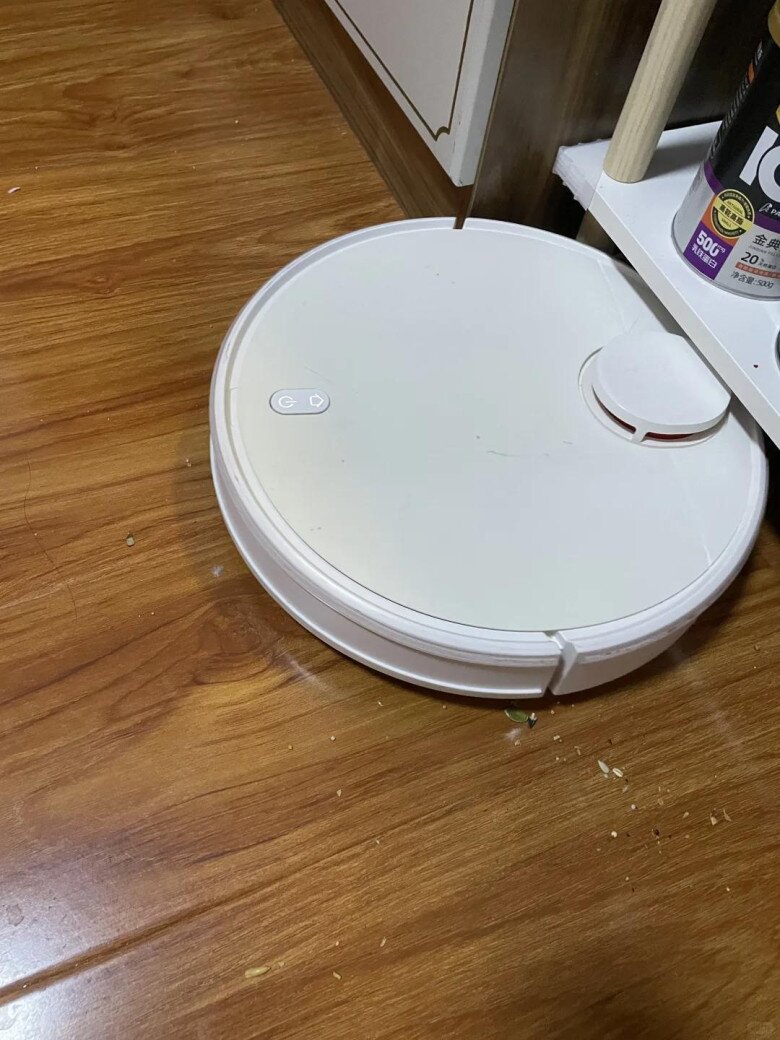
3. Don’t choose a robot vacuum with poor obstacle avoidance capabilities
Obstacle avoidance is an extremely important feature in robot vacuums. Choosing a robot with effective obstacle avoidance will enable it to perform better in tight spaces, avoiding collisions with furniture like tables and chairs, thus reducing potential damage to the robot and ensuring efficient cleaning.
There are various obstacle avoidance technologies available. Infrared technology is one of the simplest methods, emitting infrared rays to detect obstacles when the rays are reflected back. However, this technology struggles with transparent objects like glass or black furniture, leading to frequent collisions.
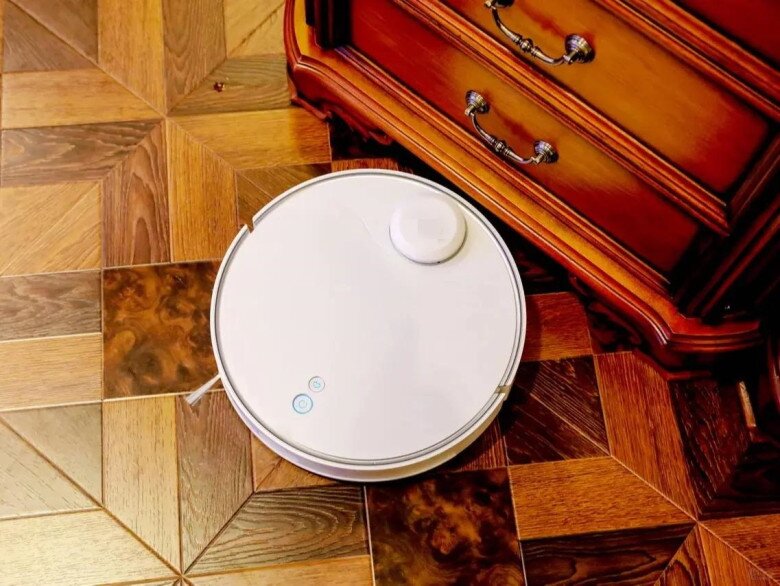
Another method is the use of ultrasonic waves, which can detect soft objects like curtains or clothes. However, in complex environments, the accuracy of this technology is not high enough, leading to some unwanted collisions.
Recently, obstacle avoidance technologies using structured light and 3D ToF (Time of Flight) have emerged, offering significant improvements. These technologies allow robots to accurately determine the three-dimensional information of obstacles, from shape to distance, akin to giving the robot a pair of binoculars. As a result, the robot can navigate cluttered spaces more flexibly and reduce the likelihood of collisions.
While robot vacuums equipped with advanced obstacle avoidance features tend to be more expensive, they save users time and effort in the long run, making the initial investment worthwhile.
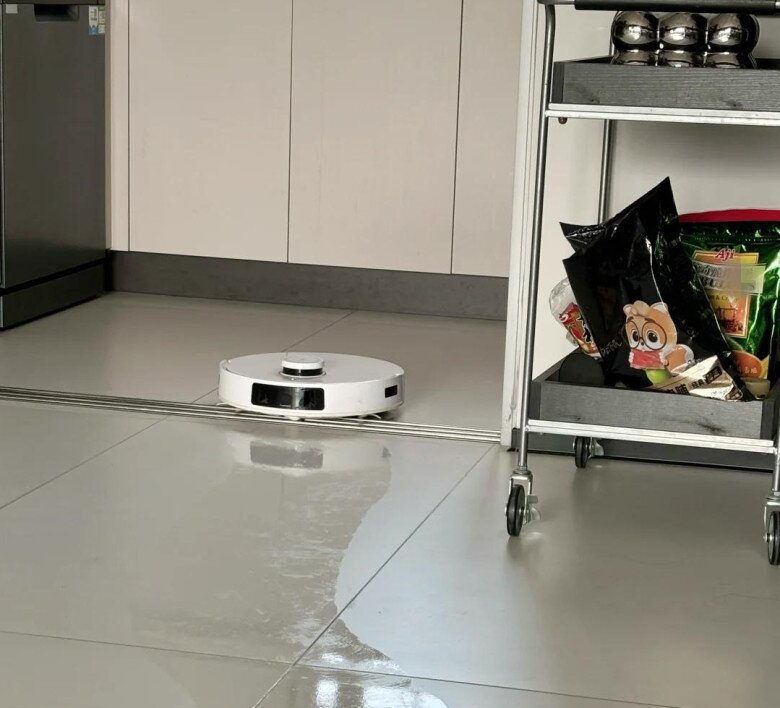
4. Don’t choose a robot vacuum with a short battery life
When purchasing a robot vacuum, consumers should pay attention to the device’s operating time. No one wants their robot vacuum to stop mid-cleaning due to a dead battery, which can be frustrating. Therefore, battery capacity is a crucial factor.
Battery capacity is typically measured in milliamp hours (mAh). For larger homes exceeding 100 square meters, users should opt for a robot with a minimum battery capacity of 3000mAh to ensure it can complete the cleaning task in one go.
Additionally, the auto-return charging feature is essential. When the battery is low, the robot will automatically find its charging base to recharge and then continue cleaning any unfinished areas. This ensures a smoother cleaning process.
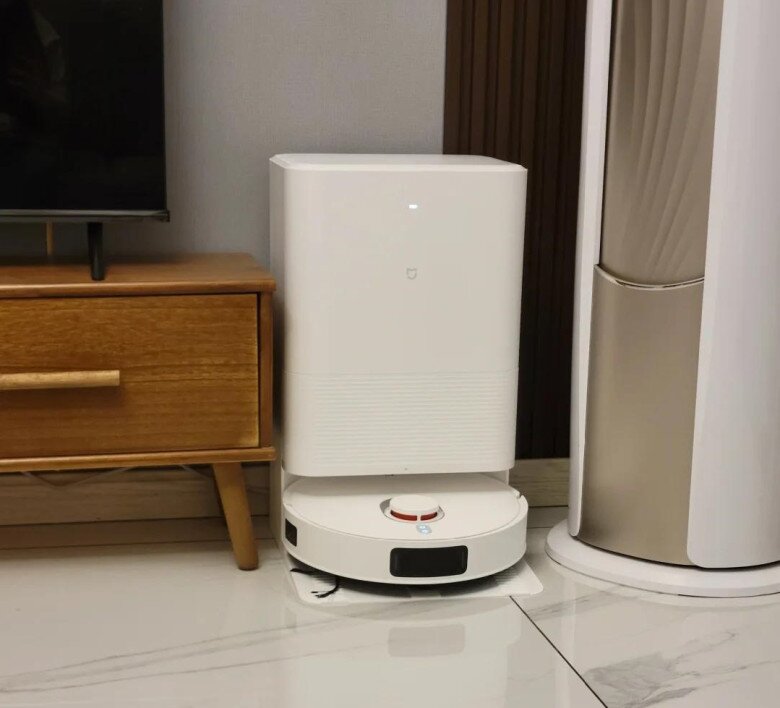
5. Don’t choose a robot vacuum with a small dustbin
When selecting a robot vacuum, avoid those with small dustbins. Instead, prioritize models with larger capacities or automatic dust collection features. A small dustbin will require frequent emptying, reducing the robot’s efficiency. A dustbin capacity of 400 to 600 ml is recommended to reduce the frequency of emptying.
Some high-end robot vacuums now come with automatic dust collection features. After completing the cleaning task, the robot will automatically return to the charging station and empty the dustbin into a larger trash bag located there.
This trash bag can be used for an extended period before requiring replacement, saving time for users. However, these models tend to be more expensive and require space for the charging station, so consumers should carefully consider their needs before making a decision.
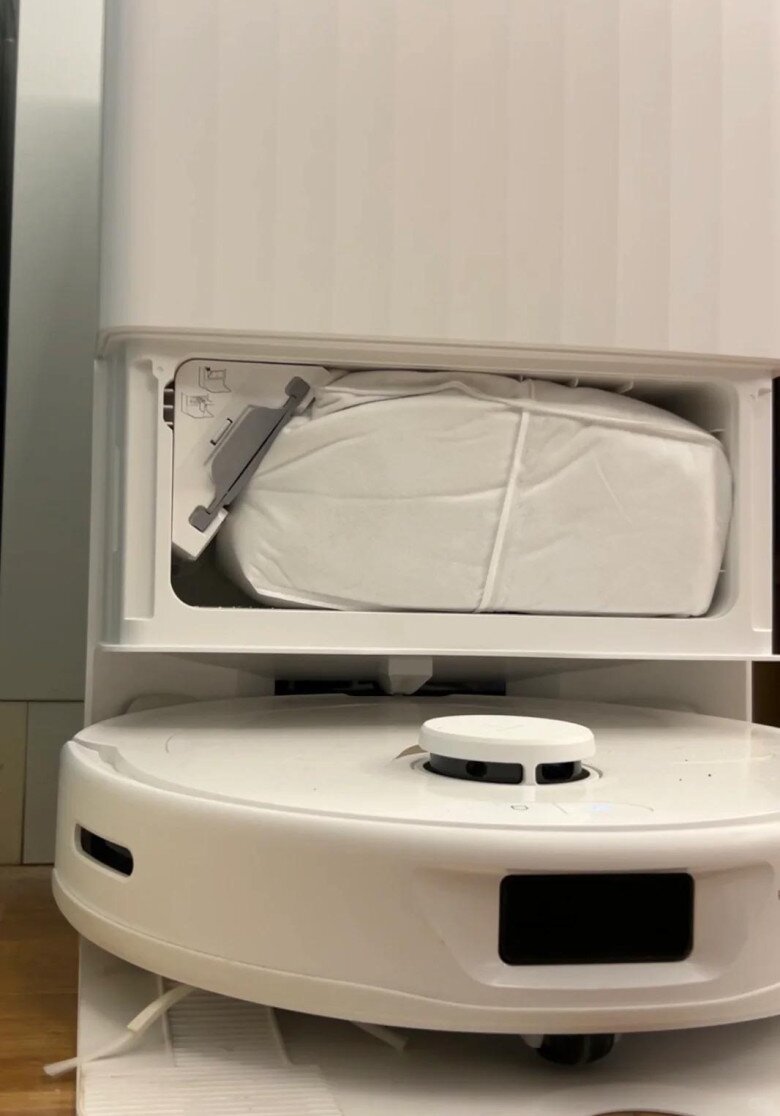
6. Don’t choose a robot vacuum without a mopping function
When purchasing a robot vacuum, consider one that integrates mopping functionality to save time and effort.
Additionally, the mopping method affects cleaning effectiveness. The spinning mop method helps remove stubborn stains by spinning the cloth at a high speed, similar to scrubbing with a brush. On the other hand, the vibrating method uses high-frequency vibrations to mimic manual mopping, reducing floor wear while maintaining good cleaning results.
Finally, water tank capacity is also important. A larger tank (around 400-500 ml) maintains the cloth’s moisture for an extended period, enhancing cleaning performance. However, a larger tank can increase the robot’s weight, impacting its operating time. Therefore, consumers should carefully weigh these factors when choosing a robot vacuum.
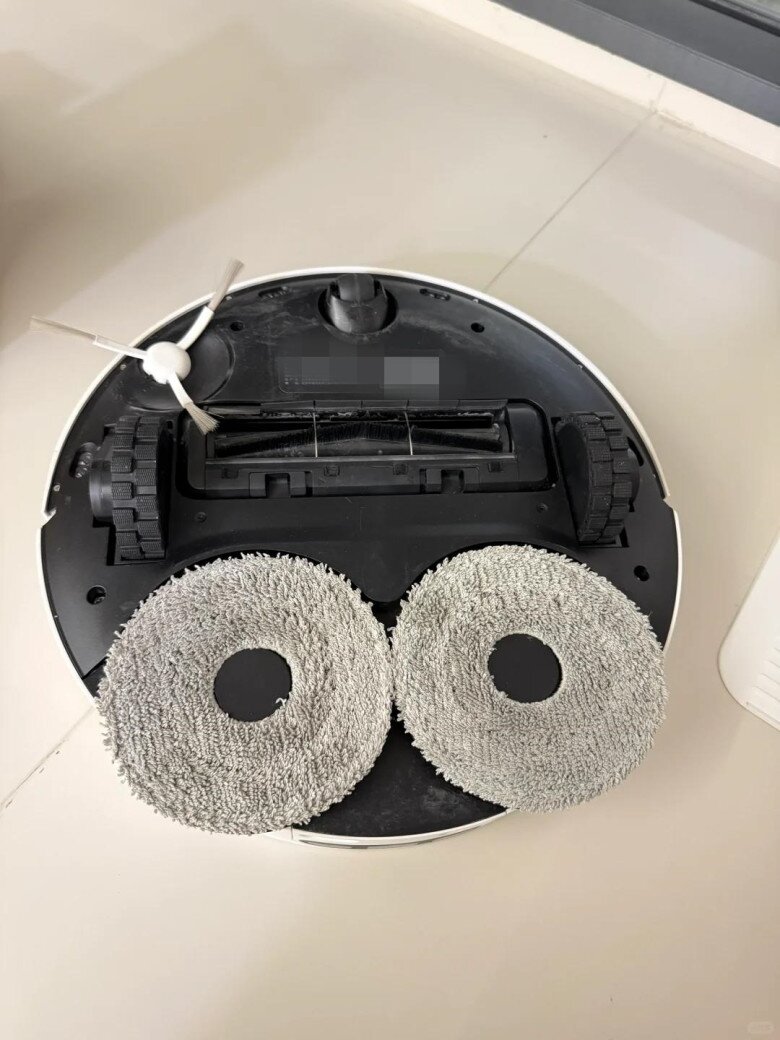
7. Don’t choose a robot vacuum with high noise levels
Robot vacuums produce noise during operation, and stronger suction power typically results in louder noise. A noisy robot vacuum can be a nuisance to the entire household during cleaning, which is undesirable.
However, high-quality models are designed to minimize noise. Look for a robot vacuum with a noise level between 60 and 70 decibels, comparable to the volume of a normal conversation, which won’t disrupt your daily life.
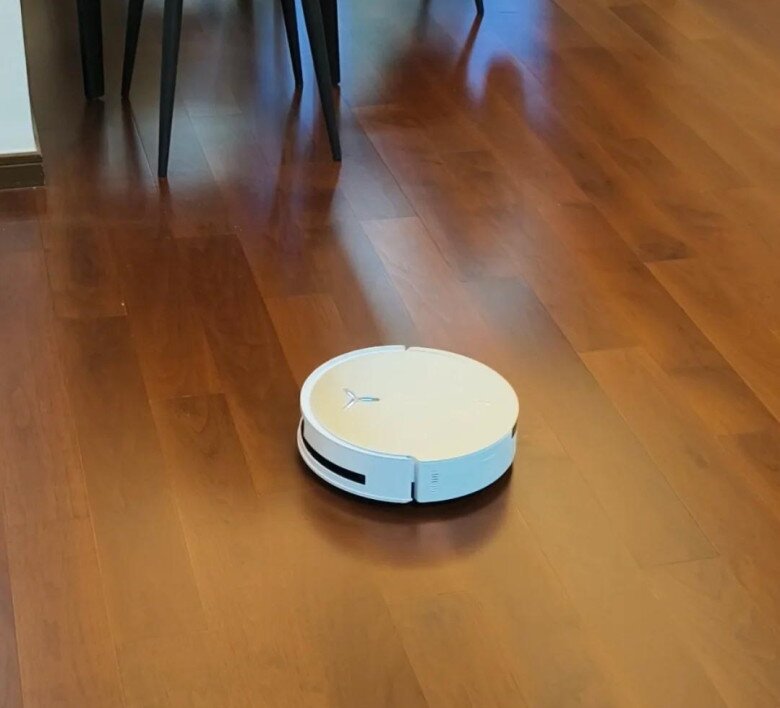
8. Don’t buy from unknown or untrusted brands
When choosing a robot vacuum, avoid unknown brands as they often lack reliable after-sales service. While the prices of these products may be attractive, the quality and technology are not guaranteed.
In case of malfunctions, it can be challenging to find repair services. Therefore, it is advisable to purchase robot vacuums from reputable brands to ensure peace of mind.


















